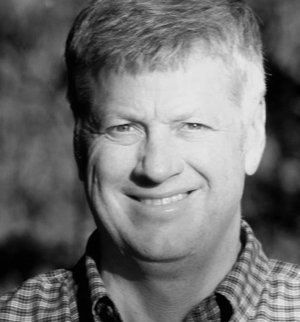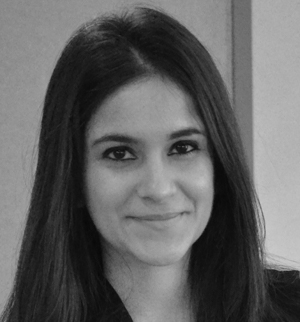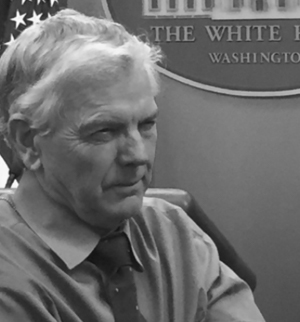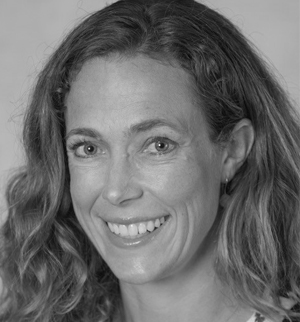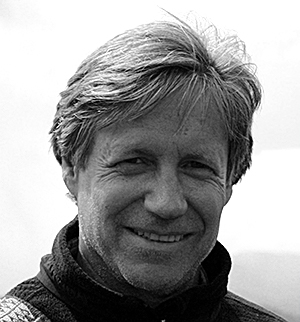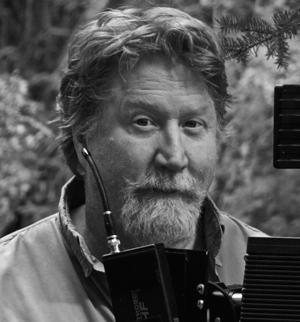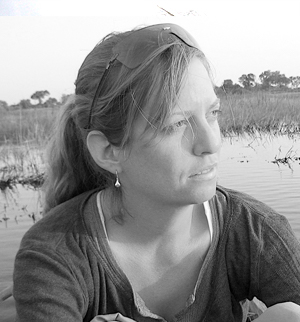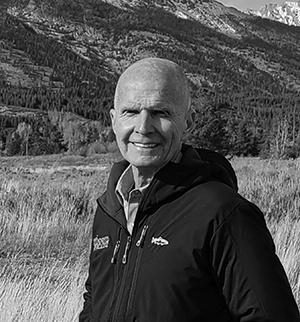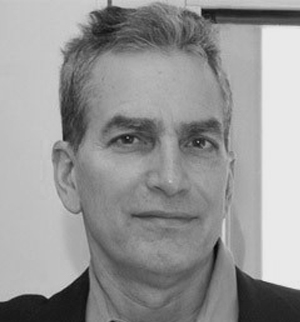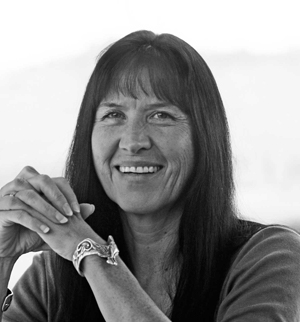Harvey Locke
Nature Needs Half
Harvey is a conservationist, writer, and photographer, and worked closely with First Light Films on Wild Ways. He is a recognized global leader in the field of large landscape conservation. He is a founder of the Yellowstone to Yukon Conservation Initiative and of the Nature Needs Half. Harvey was named one of Canada’s leaders for the 21st century by Time Magazine and is a recipient of the IUCN’s Fred M. Packard International Parks Merit Award for outstanding service to the world's protected areas.
